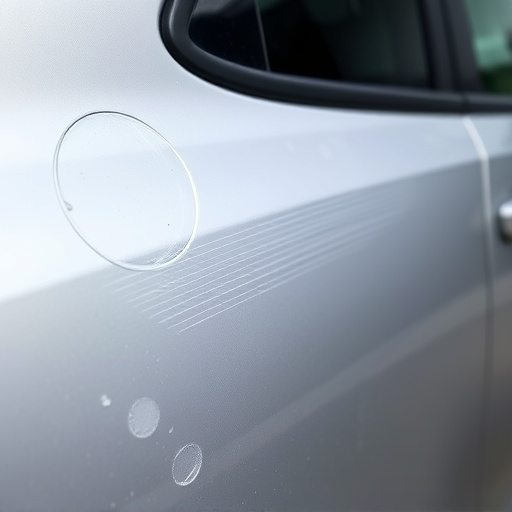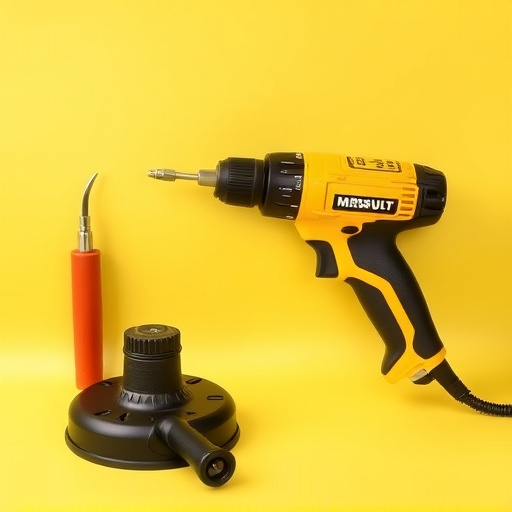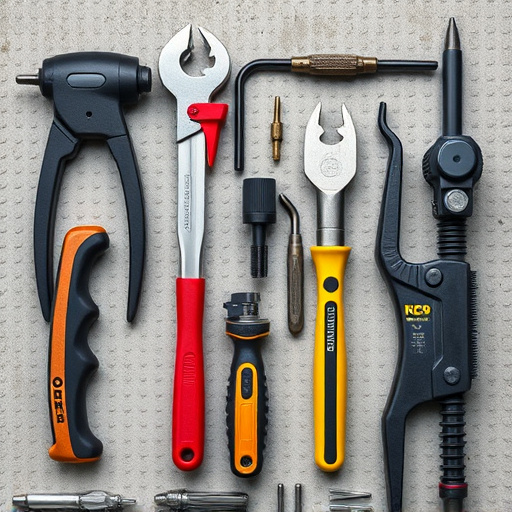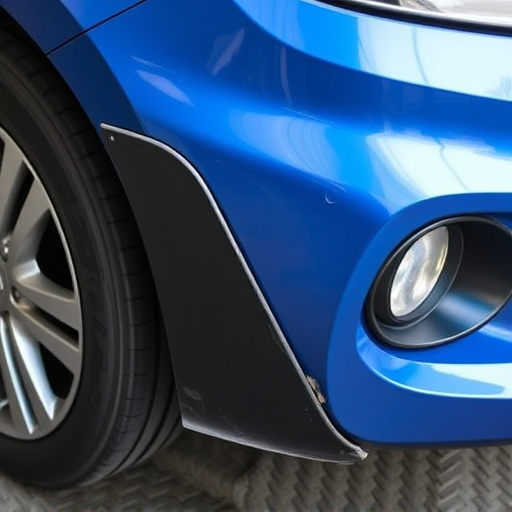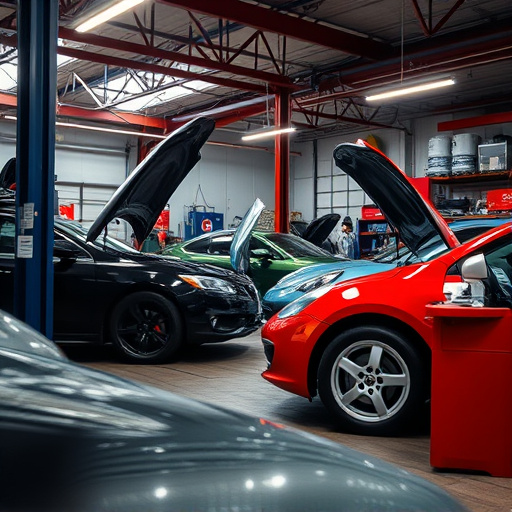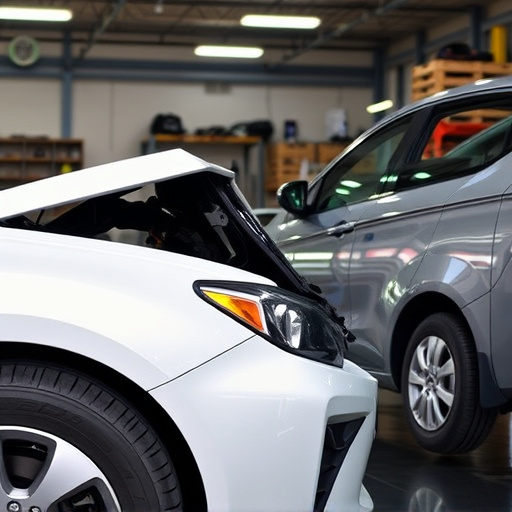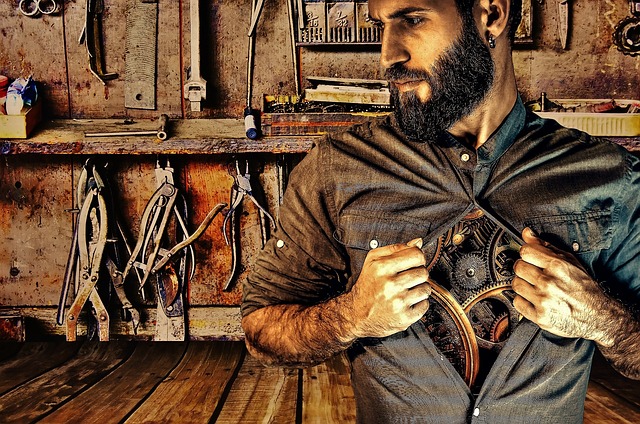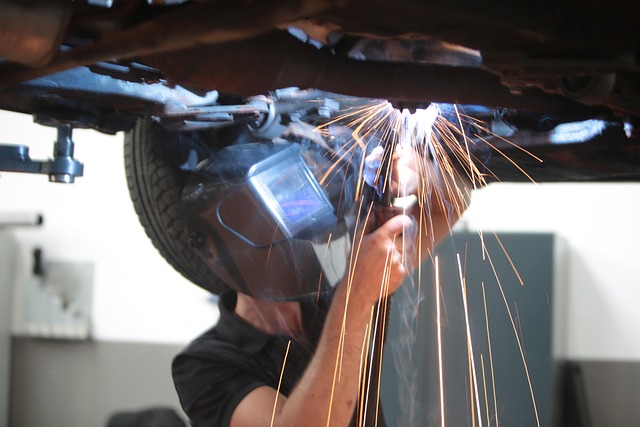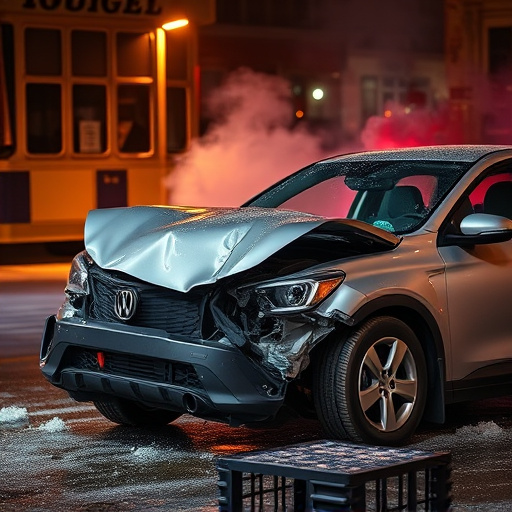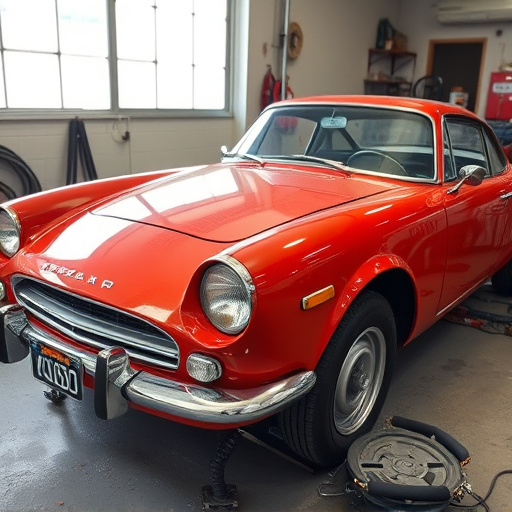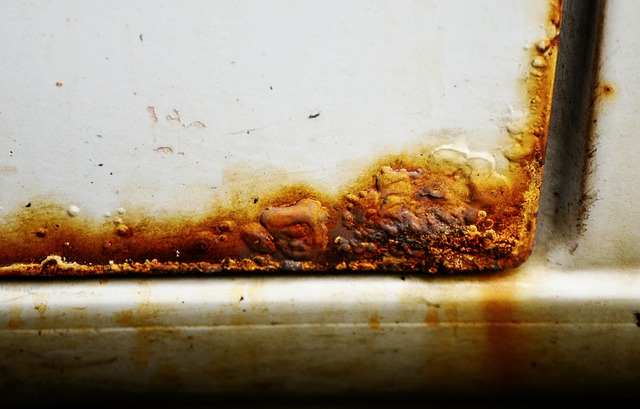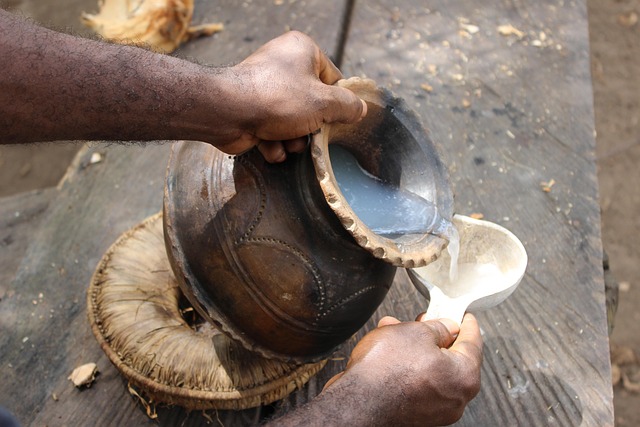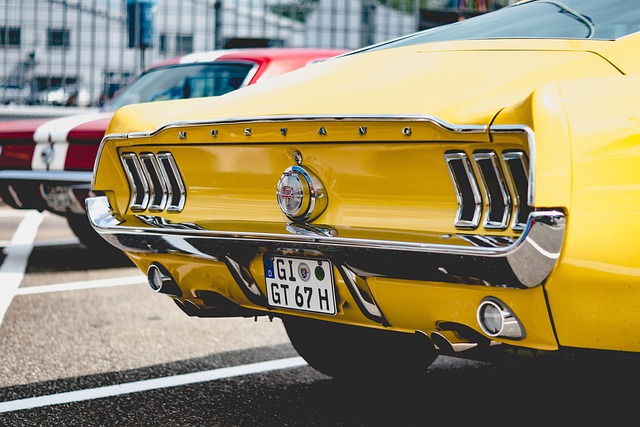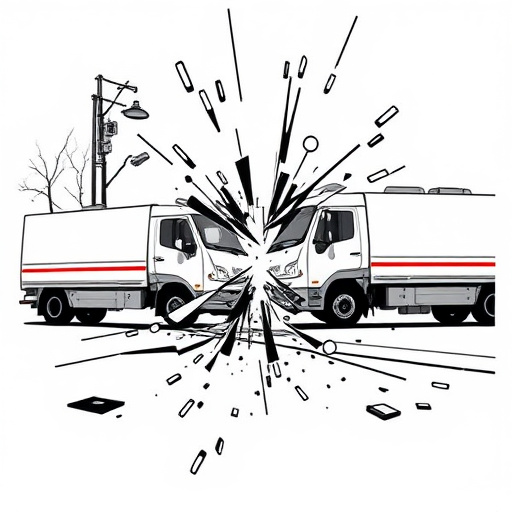The evolution of wagon body repair began with handcrafted wagons and their complex repairs, leading to the establishment of auto collision centers. Innovations like paintless dent repair, automated tools, frame straightening, and computer-aided design have transformed the process into a more efficient, cost-effective, and sustainable practice. These advancements have elevated wagon body repair from a niche service to a critical component in modern car repair, ensuring vehicle safety, quality, and structural integrity while preserving aesthetic value. Future trends predict continued emphasis on these methods to meet the demands of lightweight materials and advanced designs.
Wagon body repair has evolved dramatically, reshaping the auto industry’s landscape. Once plagued by complex challenges, particularly in preserving the structural integrity of these versatile vehicles, innovative techniques have emerged. From advanced welding technologies to precision CNC machining, these breakthroughs ensure precise, durable repairs. This transformation not only enhances safety and aesthetics but also drives down costs, making wagon body repair a game-changer. Let’s explore how these innovations are paving the way for future trends in the auto sector.
- Early Challenges in Wagon Manufacturing and Repairs
- Innovations that Transformed Wagon Body Repair
- Impact on Auto Industry and Future Trends
Early Challenges in Wagon Manufacturing and Repairs
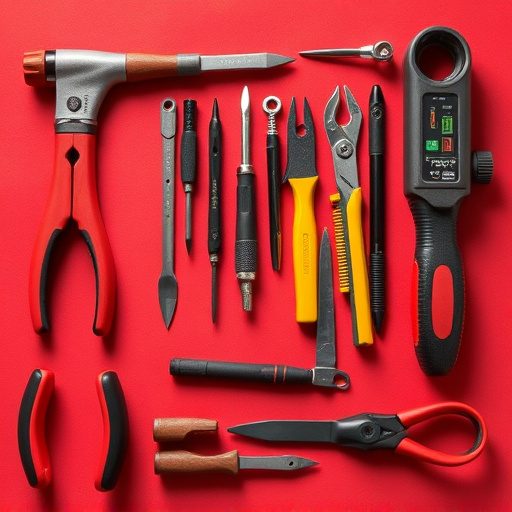
In the early days of wagon manufacturing, the process was largely artisanal, with each wagon built by hand to meet specific demands. While this approach ensured unique and tailored vehicles, it also presented significant challenges when it came to repairs. Any damage sustained by a wagon required meticulous, skilled work to match the original craftsmanship, often proving time-consuming and costly. This was especially problematic for widespread vehicle repair, as specialized knowledge and resources were not readily available across diverse communities.
As wagons became more standardized in design and production shifted towards assembly lines, the complexities of repairs also evolved. Auto collision centers emerged to address these changing needs, offering services ranging from dent removal and body panel replacement to tire services and structural repairs. These advancements in vehicle repair, driven largely by the demand for efficiency and cost-effectiveness, laid the groundwork for the revolutionary changes that wagon body repair would bring to the auto industry.
Innovations that Transformed Wagon Body Repair
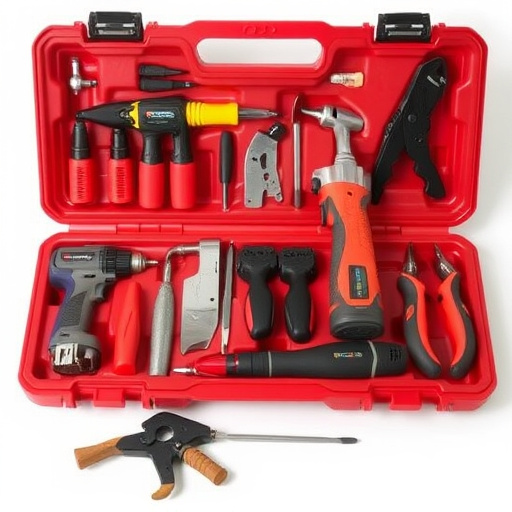
The evolution of wagon body repair has been a pivotal force shaping the modern automotive industry. Traditional methods involved intricate manual labor, where every dent and scratch was addressed with precision. However, innovations in the field have revolutionized this process, marking a significant shift in how vehicles are restored to their pristine condition. One such game-changer is the advent of paintless dent repair (PDR) techniques, which allow for the removal of dings and dents without the need for extensive repainting. This not only saves time but also ensures that the original finish remains intact, preserving the wagon’s authentic aesthetic.
Furthermore, advancements in technology have streamlined the entire process, making wagon body repair more efficient and cost-effective. Automated tools and precision equipment enable automotive repair services to deliver high-quality results faster than ever before. These innovations have not only elevated the standards of repair but also encouraged a culture of sustainability by minimizing waste and resource consumption during the restoration process.
Impact on Auto Industry and Future Trends
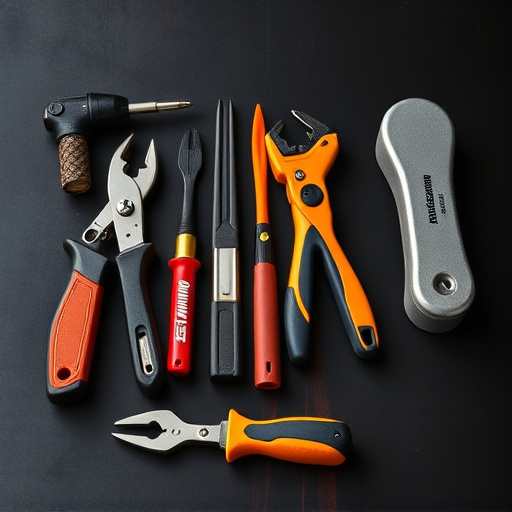
The advent of advanced wagon body repair techniques has undeniably left a profound mark on the auto industry. Once considered a niche service, frame straightening and precise body alignment have now become integral parts of modern car repair services. This transformation has not only elevated the quality of vehicle restoration but also set new standards for safety and structural integrity. With advancements in technology, such as computer-aided design and precision measurement tools, the process of wagon body repair has become more efficient and accurate.
Looking ahead, the future of auto industry trends points towards an even greater emphasis on these innovative repair methods. As vehicles continue to evolve with lightweight materials and advanced designs, maintaining structural integrity becomes increasingly critical. Dent removal techniques are also expected to see further refinement, offering quicker turnarounds and higher quality outcomes. This ongoing evolution in wagon body repair underscores the industry’s commitment to not only preserve the beauty of vehicles but also ensure their safety and reliability for years to come.
Wagon body repair has undergone a remarkable evolution, transforming not just the way vehicles are fixed but also shaping the broader auto industry. Early challenges gave way to groundbreaking innovations, enabling faster, more efficient repairs and fostering a culture of sustainability. This shift has set a precedent for future trends, where advanced technologies and eco-friendly practices will continue to define wagon body repair and the automotive sector as a whole.
